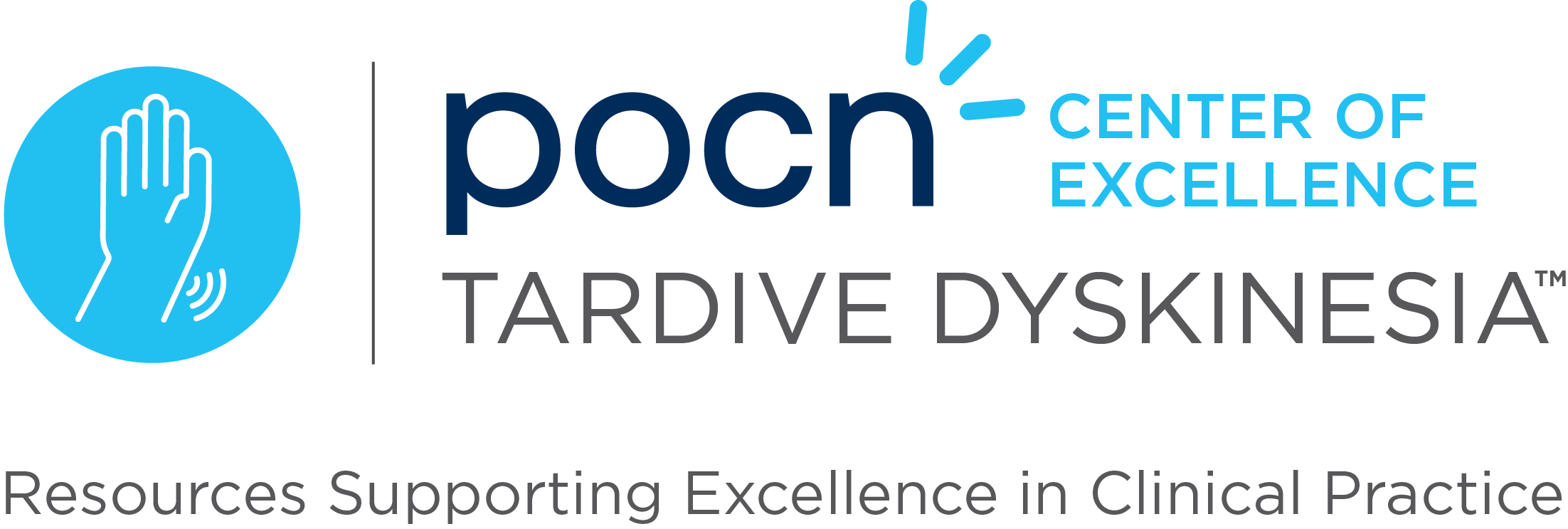Tardive dyskinesia (TD) syndromes involve abnormal involuntary movements, ranging from mild to severe, and are linked to increased mortality in schizophrenia. The incidence of TD is 5.5% with first-generation antipsychotics and 3.9% with second-generation antipsychotics, with long-term prevalence between 15% and 30%. While some drugs offer relief, no single treatment is consistently effective. Olanzapine, quetiapine, and clozapine are considered safer alternatives, with evidence suggesting clozapine and quetiapine may reduce TD severity. This report highlights a patient with schizophrenia with long-standing TD and dystonia, showing improvement with clozapine after other treatments failed.
A 54-year-old man with a 20-year history of bipolar disorder and persistent TD and dystonia did not respond to multiple medications, including baclofen and tetrabenazine. His symptoms worsened with quetiapine but significantly improved with clozapine. This case illustrates the complexities of managing TD, especially in patients with coexisting bipolar disorder. The discussion covers TD’s prevalence, risk factors, diagnosis, assessment, and management, emphasizing early recognition and a systematic treatment approach. This includes medication adjustments and the potential use of botulinum toxin or neuromodulation in severe cases.
Reference: Suhas, Satish,; Vijayakumar, Hariprasad Ganapathy; Venkatasubramanian, Ganesan; Varambally, Shivarama. Tardive Dyskinesia and Dystonia – Clinical Case Review and Grand Rounds. J Psychiatry Spectr. 2022;1(1):58-64. doi: 10.4103/jopsys.jopsys_24_22.


